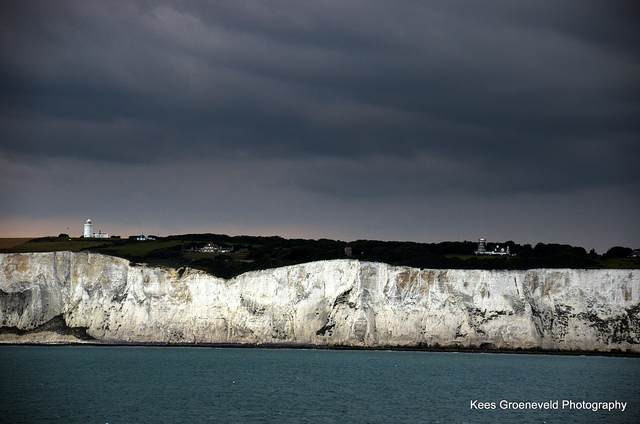White Cliffs of Dover

The White Cliffs of Dover are a spectacular part of the British coastline and traditionally the first and last thing that travellers experience on their entry and exit to Britain.
The cliffs spread to the east and west side of the town of Dover in the county of Kent and reach a grand height of 350 feet (110m). The cliffs are composed of soft white chalk, and streaks of black flint create a striking view against the British countryside.
The cliffs have a historical and symbolic value for Britain. When Britain was initially invaded before air travel was developed, the cliffs provided some protection and acted as a symbolic guard to the country as the crossing of Dover was once the primary entry route to Britain.
The song ‘(There’ll be Bluebirds Over) The White Cliffs of Dover’ by Vera Lynn also become a symbol of hope throughout the Second World War. Although the White Cliffs are home to a number of wild birds; including colonies of fulmar and black-legged kittiwake, bluebirds are indigenous to America, and the bluebird in the song represents the ‘bluebird of happiness.’
Also historically important, a significant number of fossils have been discovered in the cliffs’ chalk, including shark teeth, large pectens, ammonites and many more.
Image Credit: Kees Groeneveld
